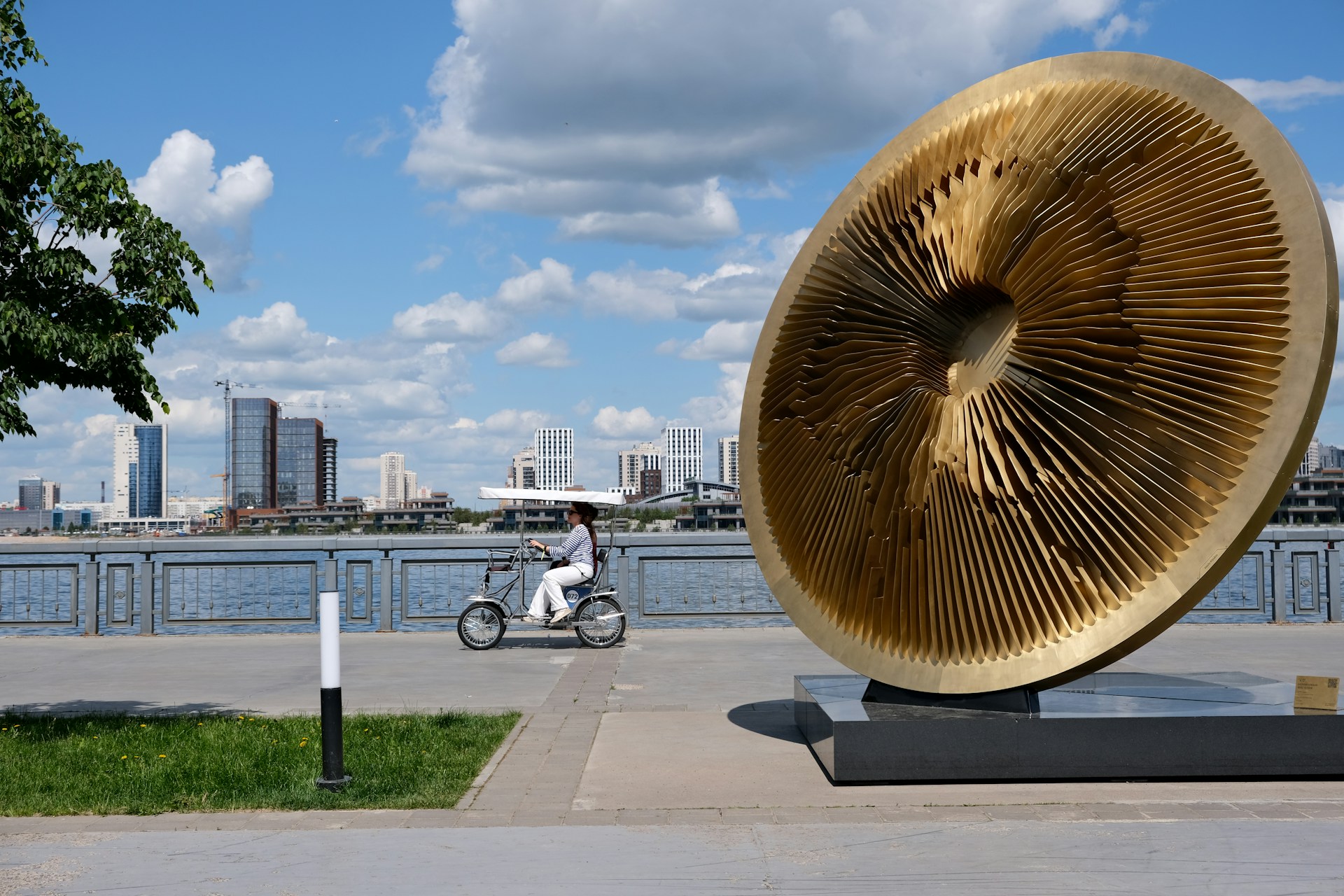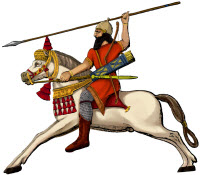|

|
|
|
|
The Evolution and Echoes of Modern Art: A Journey from Antiquity to the Contemporary Canvas

Modern art which is now widely displayed in galleries and regularly advertised as modern art on sale, shows the results of many years of artistic progress. It speaks through images to past art and the fundamental stories and cultures of our world. Between the ancient frescoes of Egypt and Jackson Pollock’s bold paintings, the modern art movement links ancient beliefs, religious stories and the modern mind.
Ancient Echoes: Art in the World Before Modernity
To see the role of modern art in history, it is important to follow its origins to the earliest creative works. The paintings in Lascaux, France which are over 17,000 years old, are among the earliest examples of visual storytelling. Such abstract and simple pictures of animals and humans were probably made for spiritual or ritualistic purposes and this trait is still found in contemporary abstract and conceptual art.
The art of ancient Egypt was strict and symbolic and it was used for religious and political purposes. Figures were always painted in profile and with strict proportions which showed the ancient Egyptians’ belief in order, everlasting life and the divine rule of their kings. The traditions of Hellenistic art played a key role in shaping the iconography of early Christian and Byzantine art centuries afterward.
Biblical Parallels: Symbolism and Revelation
The Bible is full of symbolic art. Many artists have been inspired by the parables, metaphors and visions of the apocalypse found in the Bible. In Genesis, God brings light into being and many modern artists have tried to do the same by bringing order to chaos.
You might also look at Kandinsky’s abstract paintings, as he believed art to be a spiritual activity. His 1911 work Concerning the Spiritual in Art is very much in line with the Biblical concept of divine inspiration. Like the prophets of the past, Kandinsky thought the artist could express higher truths. As a result, modern art sees the artist not as a craftsperson but as someone who foresees and shapes visual language.
In addition, the vivid images in Revelation such as beasts, cities in the sky and battles in space, have motivated many surrealist and expressionist artists. For example, Salvador Dalí often included religious imagery in his dream paintings, showing that the mind and the soul are closely connected.
The Rebirth of Artistic Identity in the Renaissance and Enlightenment
Western art was transformed by the Renaissance before the modernist rupture. With Michelangelo and Leonardo da Vinci leading the way, this era returned to using human figures, perspective and classical themes. It brought back the aesthetic style of ancient Greece and Rome which had both been influenced by even older Mesopotamian and Egyptian cultures. Like Bezalel in the Bible (Exodus 31:1–5), Renaissance artists were given special skills and wisdom to create beauty from what was around them.
Art started to move away from the control of religious institutions during the Enlightenment. With the growth of secular humanism, people could now explore reason, individuality and nature on their own. In the 19th century, Romanticists and Realists began to challenge the strict rules of academic painting which marked the start of modern art.
The Birth of Modernism: Rebellion and Revelation
In the late 19th and early 20th centuries, modernism began as a reaction against tradition. Manet and Monet were among the artists who left realism behind, starting impressionism and questioning both the subject and the techniques used. They paid more attention to light, perception and emotion than to simply copying objects.
By creating Cubism, Pablo Picasso and Georges Braque divided reality to see it from several angles, much like Ezekiel, who described four living creatures with four faces, each facing a different direction (Ezekiel 1:10). This situation resembles postmodernism, where the truth is understood as having many layers instead of being one single thing.
At the same time, Marcel Duchamp and other Dadaists made it possible for everyday objects to be considered art. The Fountain which was a urinal Duchamp signed, was meant to make a philosophical point, not just to amuse people. It made artists and theologians ask: what is sacred and who has the power to decide?
The Spiritual Crisis and Freedom of the 20th Century
Because of the world’s experience with two world wars, the Holocaust and the danger of nuclear destruction, modern art reflected the culture’s suffering. In the United States, artists like Mark Rothko and Jackson Pollock used abstract expressionism to try to move beyond ordinary experiences with color and movement. People often said that Rothko’s canvases were like altarpieces, because of their meditative glow. People were supposed to face these sculptures as they might face the Holy of Holies, feeling humbled, small and maybe, in some way, renewed.
At the same period, art became available to everyone. Pop art, created by Andy Warhol, made it hard to tell apart fine art and commercial art, as the Bible was once kept by scribes and clergy but later made available to everyone through printing.
Modern Art Today: Icons, Markets, and Sacred Meaning
Modern art on sale in the current market is much more than just a catchphrase. It shows how creativity is treated as a product and how value, identity and spirituality meet in complex ways. Works that were once seen as radical or marginal are now sold for millions at auction houses. Even so, the main motivation of modern art is unchanged: to understand, to question and to imagine a world that is not seen.
The Tower of Babel story (Genesis 11:1–9) demonstrates how humans want to reach heaven, but their efforts lead to confusion and modern artists often show this in their works. They go up, break down and rebuild, much like the original architects of ziggurats and Gothic cathedrals.
The Eternal Return of the Image
Modern art, with all its changes and different styles, is still connected to a long history of religious and human art. It has existed since cave paintings and is now found in digital projects. No matter if it comes from ancient stories, Bible stories or the world around us, it keeps telling its tales, sometimes confusing, often hard to understand, but always in search of truth.
With so many images in our lives, modern art still holds a special place—it shows our wish to create, think and connect with something bigger than us.
Tags: Art Deco Museum of Fine Arts Boston Religious Art modern art history of modern art ancient art influences ancient art Biblical symbolism art history abstract art contemporary art religious symbolism evolution of art
Kid's Bible Maps
Bible History Online
The Geography of the Bible
© Bible History Online (https://bible-history.com)
Made by Network Local

Kids Bible Maps
About
Us
Contact Us
To
Parents
To
Teachers
Kids Bible Blog
Using Our Maps
Mission
Statement
Doctrinal
Statement
Instructions
Popular Bible Maps
The Journey of Abraham
Moses and the Exodus
Joshua and the Land
The Kingdom of David
The Kingdom of Solomon
Israel in Jesus' Time
Paul's First Journey
The Land of Israel
The Land of Egypt
The Land of Assyria
The Land of Babylon
The Land of Persia
The Land of Greece
The City of Rome
Noah's Ark and Mt. Ararat
The Tower of Babel
The Old Testament World
The New Testament World
Ancient Empires
Moses and the 10 Plagues
Ancient Peoples
The 10 Commandments
The 12 Tribes of Israel
The Ministry of Jesus
Bible Stories with Maps
Daniel in the Lions Den
David and Goliath
Baby Moses
Jesus and the Little Children
Coloring Book Images
Coloring Book
Donkey
Camel
Lamb
Noah's Ark
Noah's 3 Sons
Abraham
Sheep
Lion